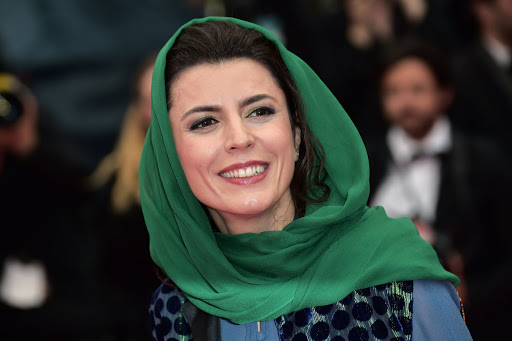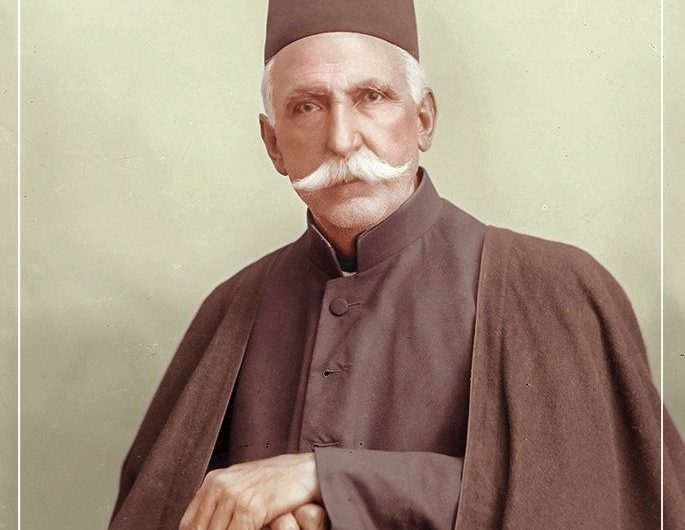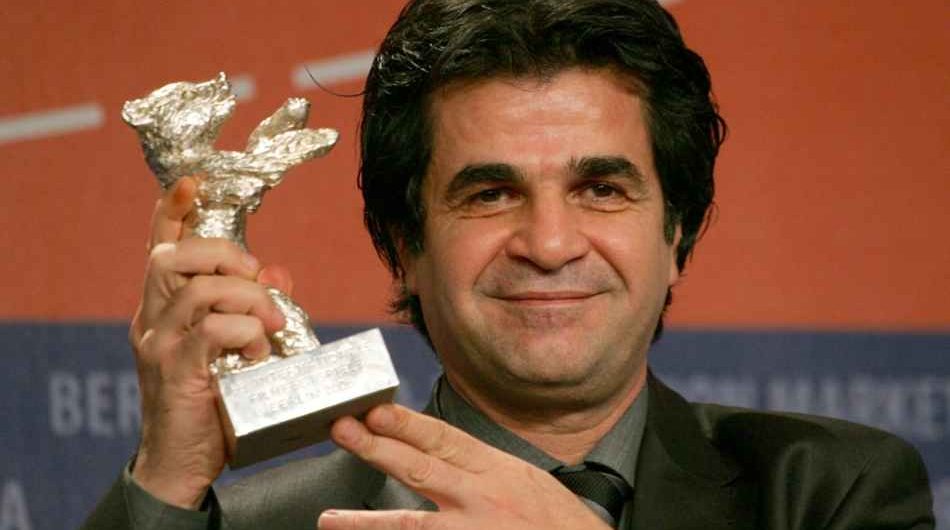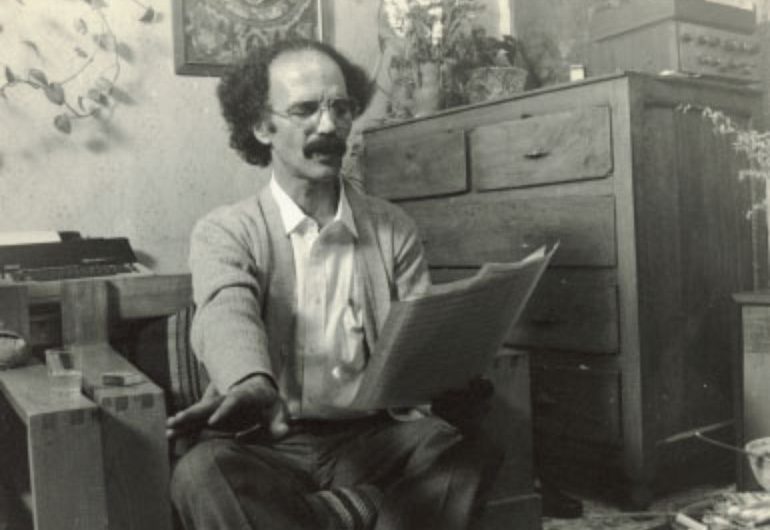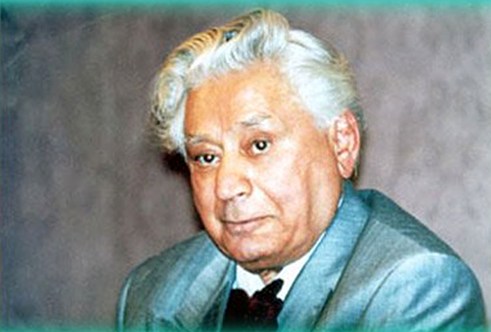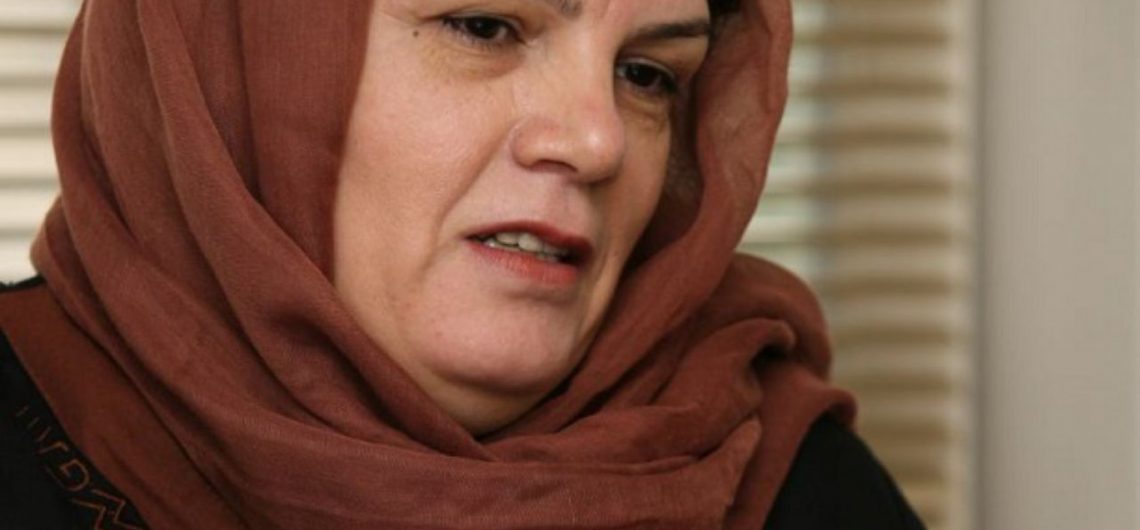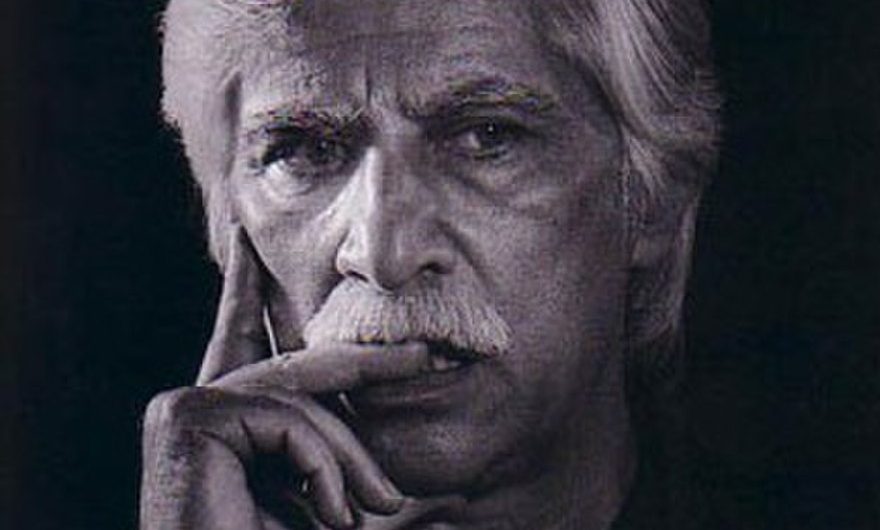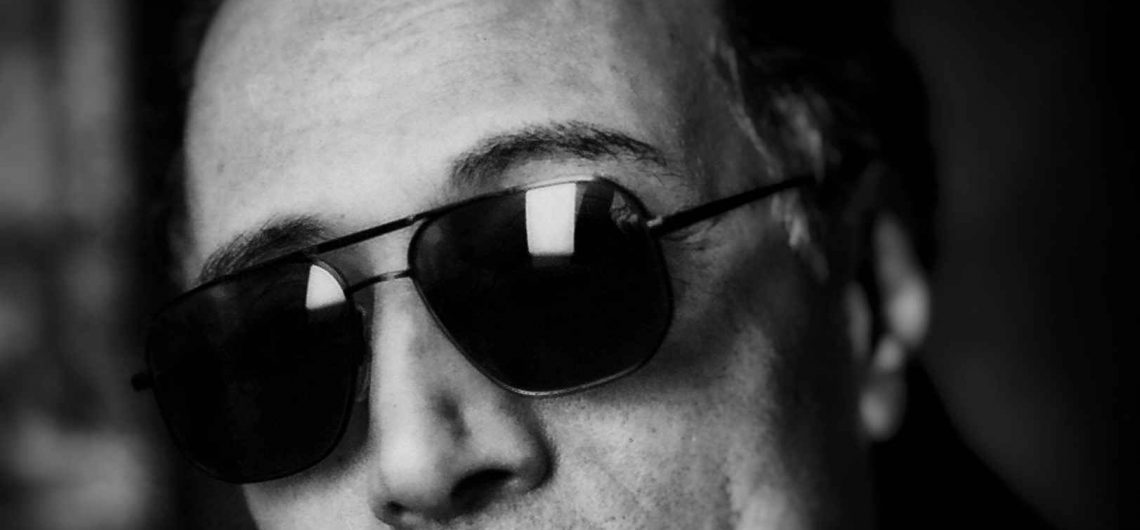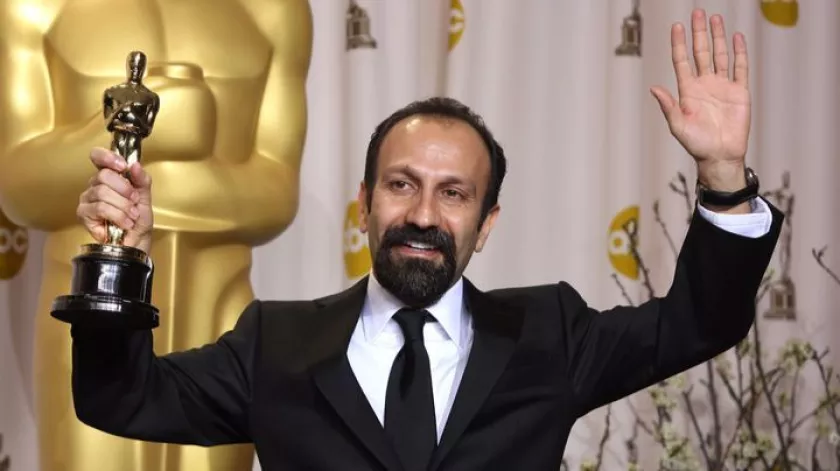Sadeq Chubak
He was born in August 1916 in Bushehr. His father was a well-known bazaar merchant. He received his early education at Bushehr and later at Shiraz. He then moved to Tehran and attended the Alborz institute. After finishing high school, he was hired as a teacher by the Ministry of Education and sent to Khorramshahr, in the oil-rich province of Khuzestan, after which he joined the national oil company.
Considered the greatest naturalistic writer in Persian literature, Chubak has written a large number of works, including novels, short stories, and plays. His collections of short stories “Kheymeh Shab Bazi” (Puppet Show), 1945, and “Antari Ke Lutiyash Murdeh Bud” (The Monkey Whose Master Was Dead), 1949, had a profound influence on modern Persian literature. There was a gap of several years before he returned with a major novel, “Tangsir,” in 1963, and two years later, “Rouze Avval-e Qabr” (The First Day at the Grave) was published. Chubak describes a very brutal world in which people are mortified in the extreme and cannot bear the sight of others in “Sang-e Sabur” (Shoulder to Cry on), which is one of the best modern novels in literature. Persian. In general, their idioms and popular proverbs move the story forward and are considered a natural element of dialogue. He translated into Persian some works by internationally renowned writers, such as Balzac and Shakespeare. Sadeq Chubak died in July 1998, in Berkeley, United States.



